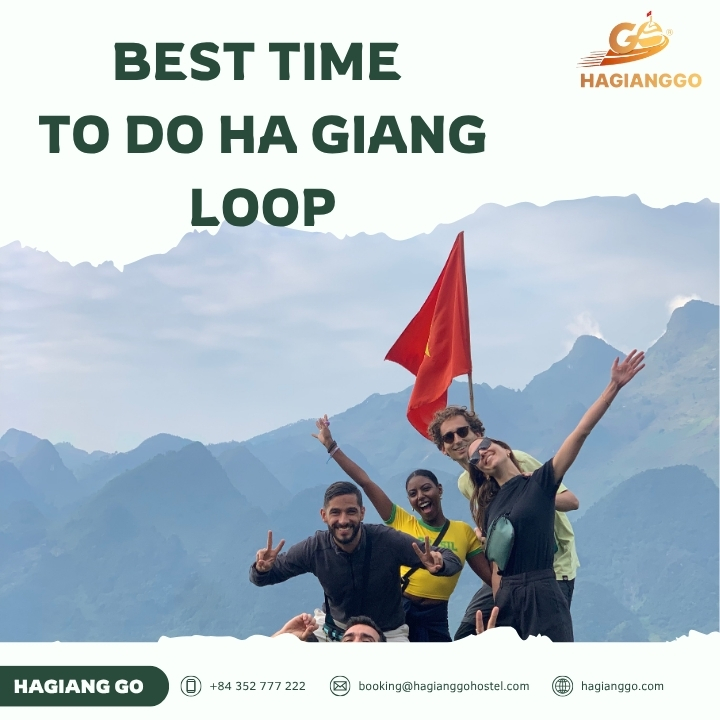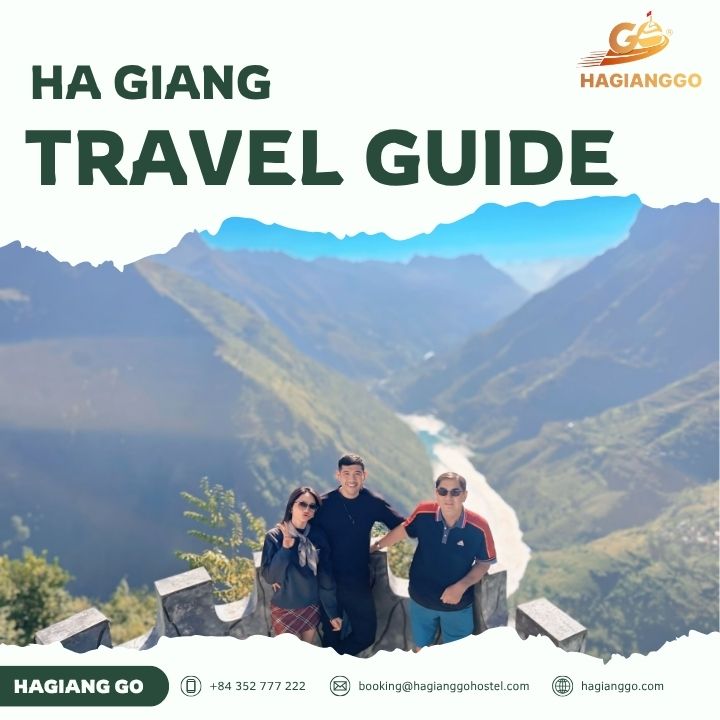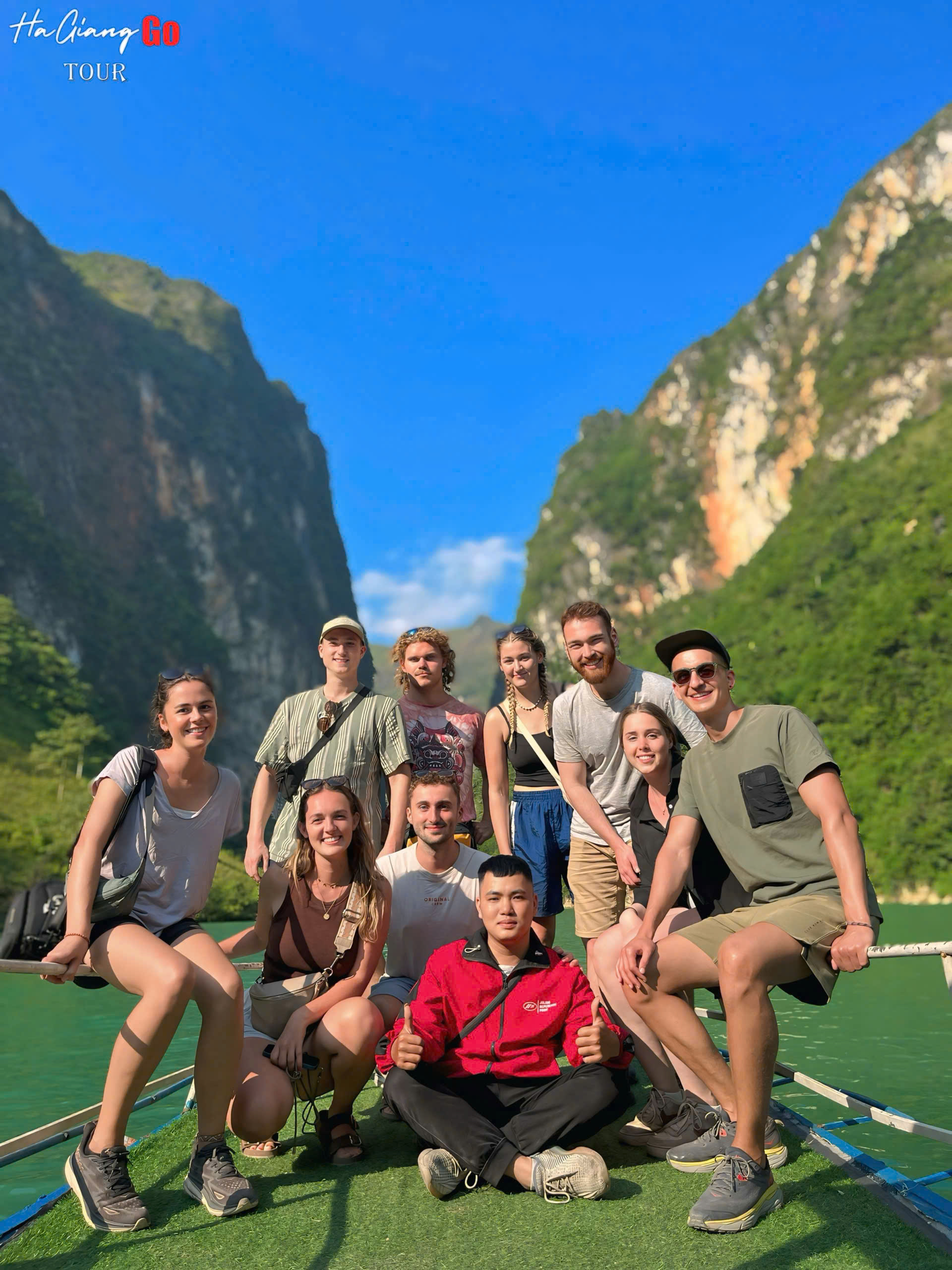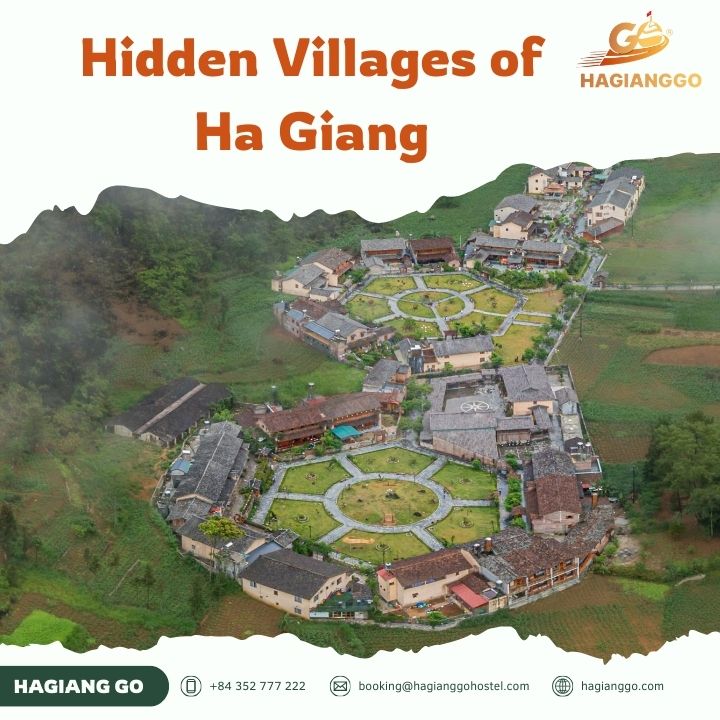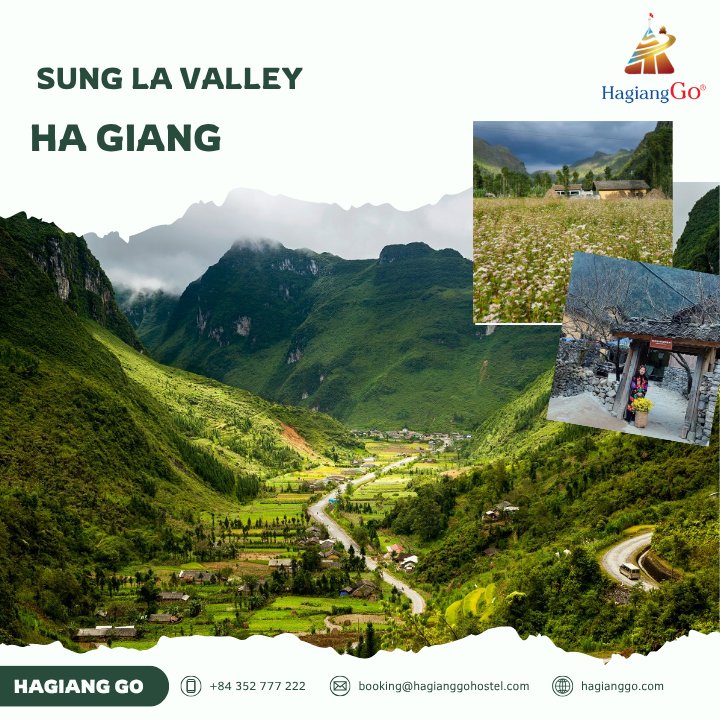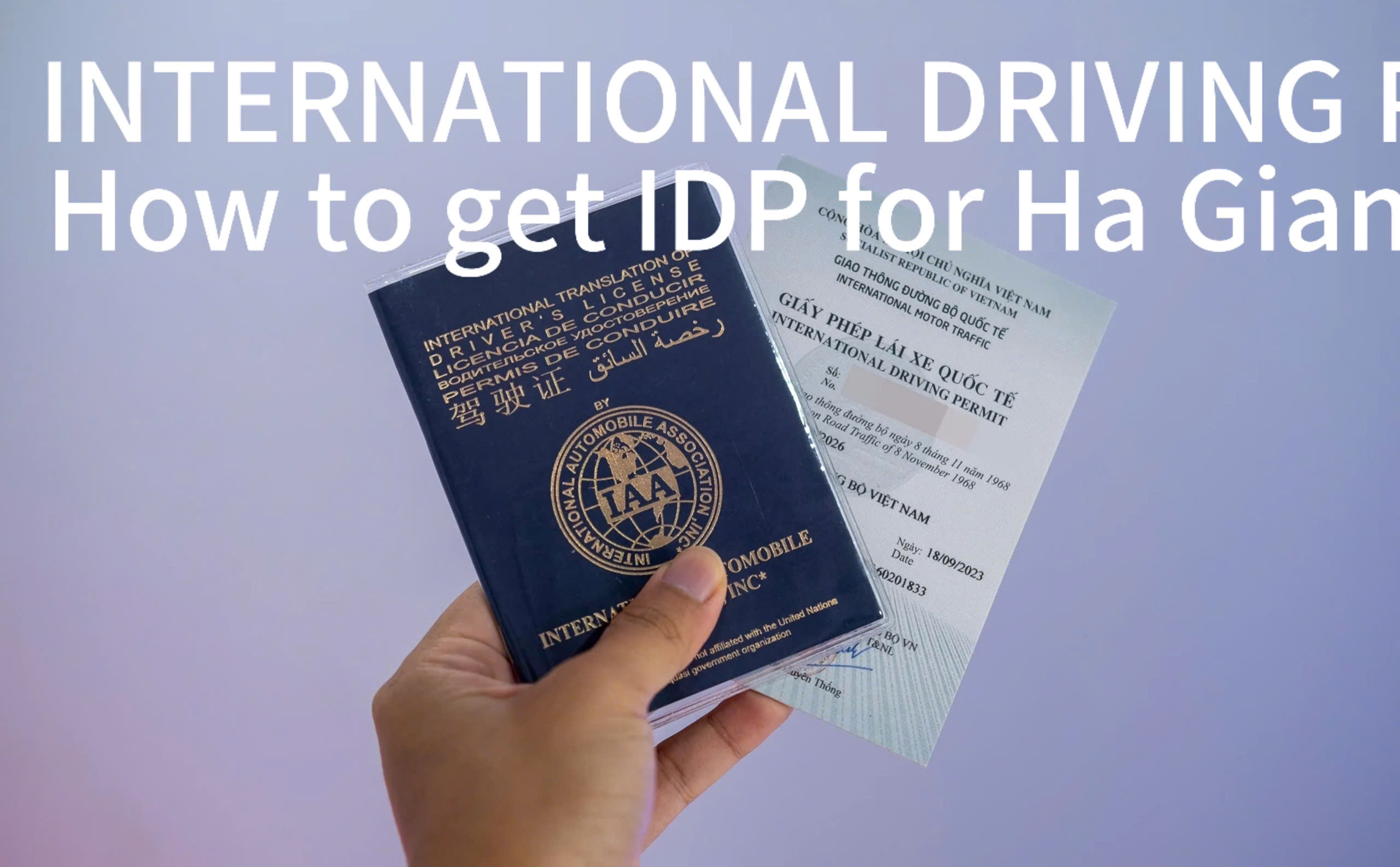What to Wear for Ha Giang Loop in February: Cold Weather Riding Tips
The Ha Giang Loop is one of the most breathtaking motorbike routes in Vietnam, offering stunning landscapes, rugged mountain roads, and rich cultural experiences. However, visiting Ha Giang in February means preparing for cold temperatures, misty conditions, and occasional rain. Wearing the right gear is essential for staying warm, comfortable, and safe while riding. This guide provides detailed advice on what to wear for the Ha Giang Loop in February, ensuring you have the best experience on your journey. Whether you are renting a motorbike or booking an easy-rider tour with Jasmine Tours, proper clothing and gear will make all the difference.
1. Understanding Ha Giang Weather in February
February marks the late winter season in Ha Giang, with chilly mornings and evenings and slightly warmer afternoons.
1.1. Temperature Range
-
Average temperatures: 6°C - 16°C (42°F - 60°F)
-
Higher elevations, such as Ma Pi Leng Pass, can drop below 6°C, especially at night.
-
Fog and windchill make it feel even colder while riding.
1.2. Weather Conditions
-
Misty mornings and evenings reduce visibility.
-
Light to moderate rain is common.
-
Strong winds on mountain passes make riding challenging.
Because of these conditions, layering is key to staying warm and dry throughout your journey.
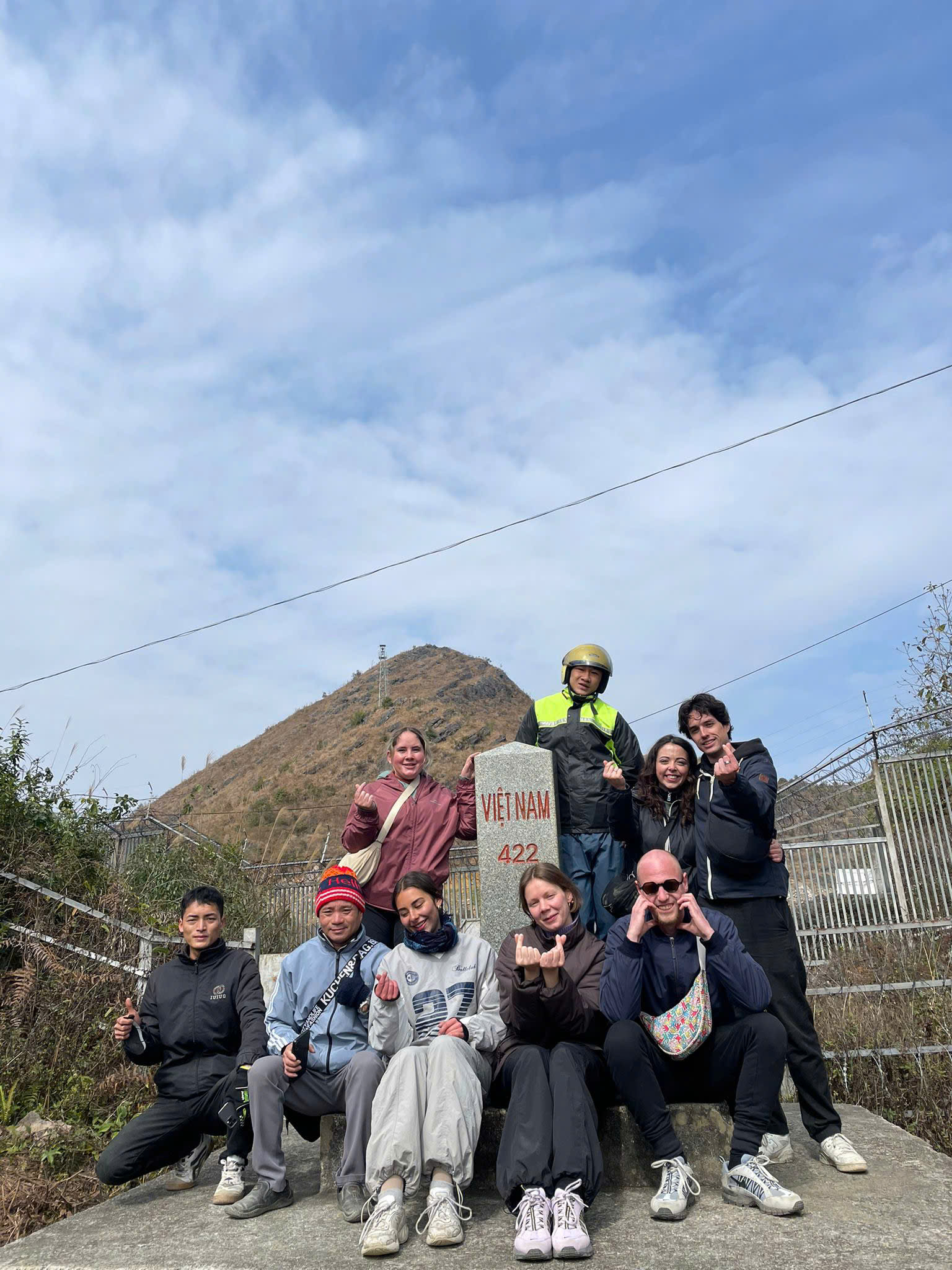
2.1. Base Layer: Moisture-Wicking & Thermal Wear
The base layer is responsible for keeping your body warm while allowing sweat to evaporate.
-
Thermal innerwear: Long-sleeve tops and leggings made of merino wool or synthetic materials work best.
-
Moisture-wicking fabric: Avoid cotton, as it retains moisture and makes you feel colder.
2.2. Mid Layer: Insulating Jacket & Warm Clothing
The mid-layer helps retain heat and provides insulation.
-
Fleece or wool sweaters: These trap body heat without being too bulky.
-
Down or synthetic insulated jackets: Lightweight yet warm, making them ideal for motorbike riders.
-
Sweatshirts or hoodies: Useful for layering and can be removed if it gets too warm.
2.3. Outer Layer: Windproof & Waterproof Gear
Riding through Ha Giang's mountain passes means exposure to cold winds and occasional rain. A good outer layer protects against these elements.
-
Wind-resistant and waterproof motorcycle jacket: Look for jackets with thermal lining for extra warmth.
-
Waterproof riding pants: Protect against rain and windchill.
-
Rainproof covers: If you do not have waterproof gear, bring rain covers for both your jacket and pants.
2.4. Gloves: Keeping Hands Warm & Functional
Cold hands can make riding uncomfortable and dangerous.
-
Thermal or insulated riding gloves: Ensure they are windproof and water-resistant.
-
Touchscreen-compatible gloves: Useful for using GPS without removing gloves.
-
Hand warmers: Small, disposable warmers can be placed inside gloves for extra heat.
2.5. Footwear: Sturdy Boots for Cold & Wet Roads
Proper footwear is crucial for keeping feet warm and maintaining grip on wet roads.
-
Waterproof, ankle-supporting boots: Provide stability and warmth.
-
Thick woolen socks: Help insulate feet the cold.
-
Extra pair of socks: If socks get wet, having a dry pair is essential.
2.6. Headwear: Helmets & Face Protection
Head and neck protection is crucial for blocking cold air and reducing windchill.
-
Full-face helmet: Provides the best protection against cold air and rain.
-
Balaclava or neck gaiter: Keeps the neck and face warm.
-
Helmet with a visor: Helps prevent wind and fog obstructing vision.
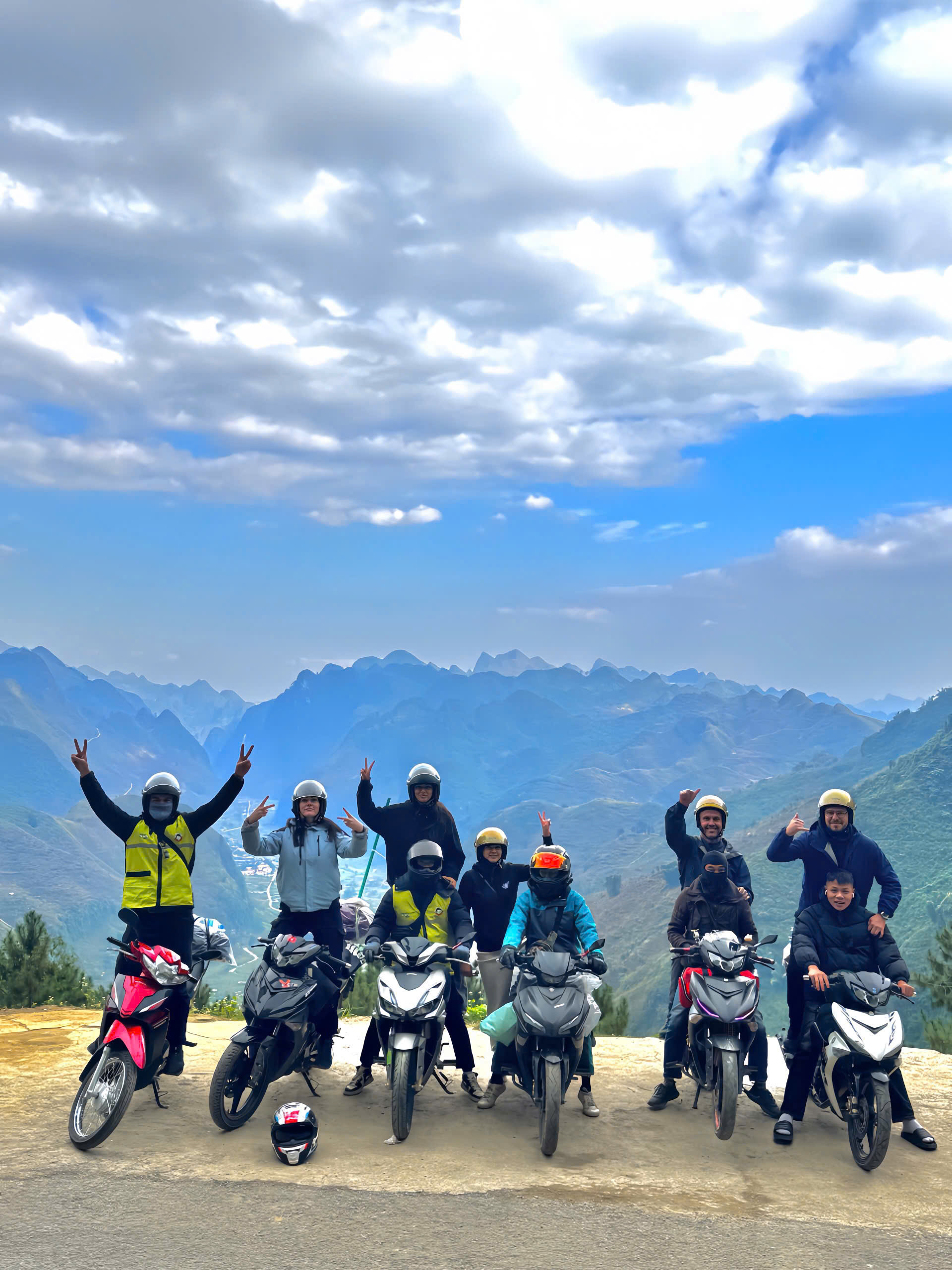
3. Extra Accessories for Comfortable Riding
In addition to clothing, several accessories can enhance comfort during cold-weather riding.
-
Heated gloves or hand warmers: Helpful for extreme cold conditions.
-
Riding goggles: Prevent mist and fog blurring vision.
-
Waterproof backpack covers: Protect belongings rain and mist.
-
Thermal flasks: Keep hot drinks to warm up during breaks.
4. Packing Tips for Ha Giang Loop in February
4.1. Packing Light but Warm
While layering is essential, packing too much can make it difficult to carry everything. Here are tips to pack efficiently:
-
Use compression bags: Reduces the bulk of winter clothing.
-
Carry a lightweight but warm sleeping bag liner: Useful for staying warm in homestays.
-
Bring quick-dry clothes: Helps if clothes get wet.
4.2. Drying Wet Clothes on the Road
-
Hang clothes in well-ventilated areas overnight.
-
Pack extra plastic bags to store wet items separately.
-
Use hostel dryers or ask homestay owners for drying options.
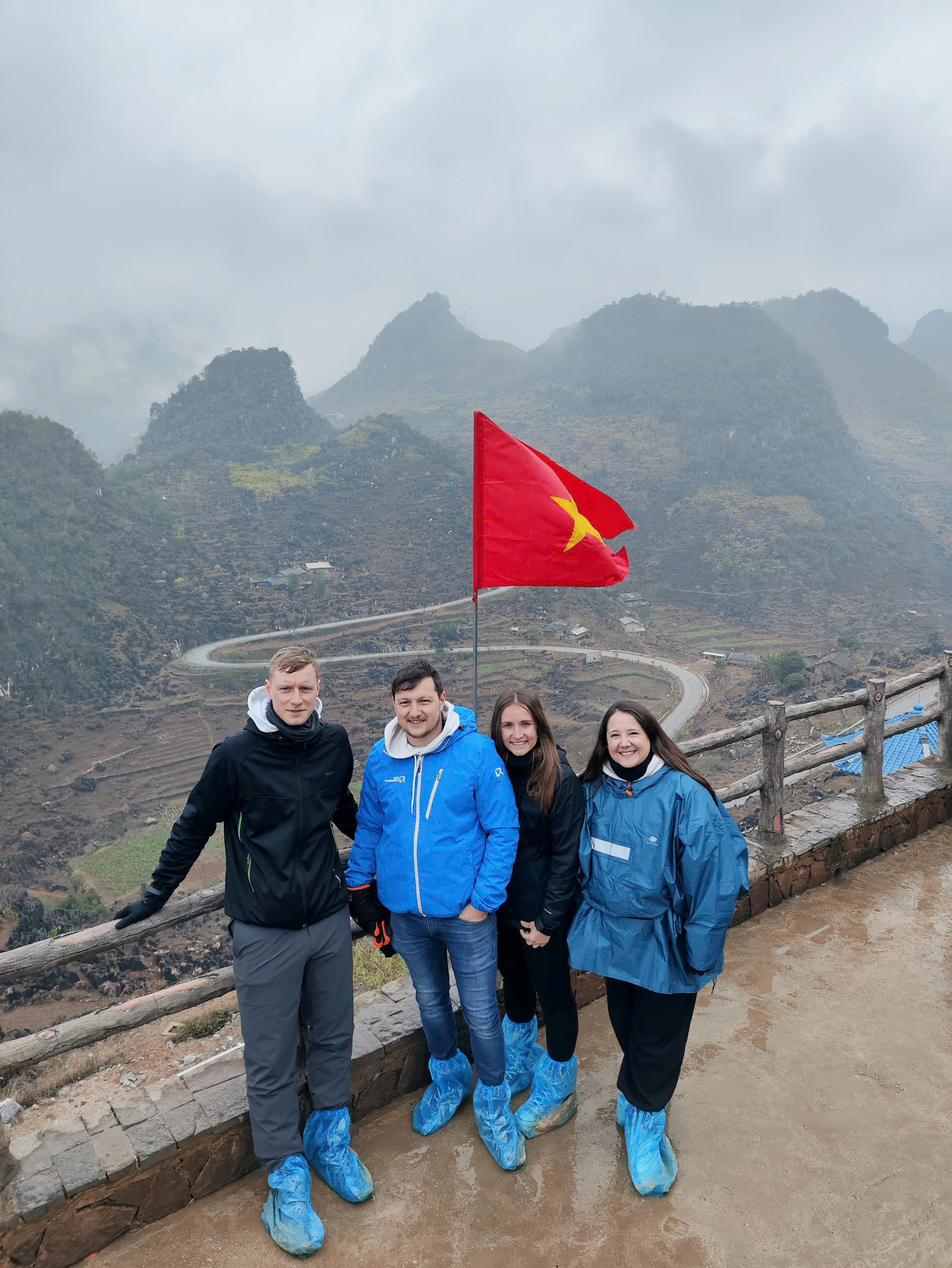
5. Renting Gear vs. Bringing Your Own
5.1. What HagianggoTours Provides
-
Helmets with visors for better wind and rain protection.
-
Gloves and raincoats upon request.
-
Experienced guides who ensure safety and comfort.
5.2. What to Bring Home
-
Thermal base layers and mid-layers.
-
Personal gloves, neck gaiters, and socks for comfort.
-
Waterproof boots if possible.
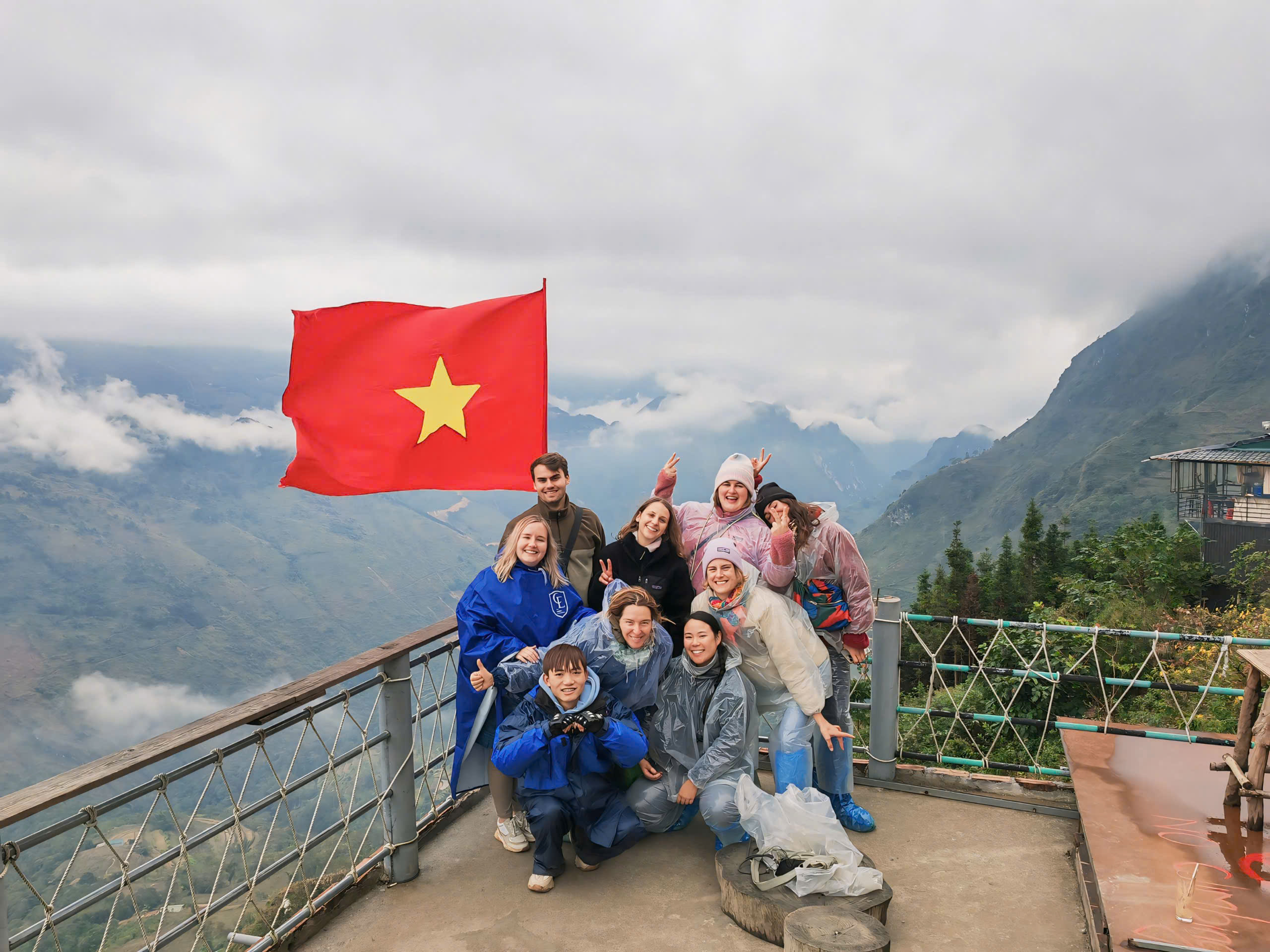
6. Conclusion: Ride Safe & Stay Warm
Riding the Ha Giang Loop in February is an incredible experience, but being prepared for the cold is essential. Wearing thermal layers, insulated jackets, waterproof gear, and proper footwear will help keep you warm and comfortable throughout the journey.
Whether you choose to self-ride or book an easy-rider tour with Hagianggo Tours, ensuring you have the right clothing will enhance your adventure. Prepare well, dress appropriately, and enjoy the stunning landscapes of Ha Giang.
Plan your trip with Hagianggo Tours today and let us take you on a ride through the wonders of Ha Giang.
7. Contact Information for HagiangGo Tours:
Website: Hagianggo.com
Email: Booking@hagianggohostel.com
Hotline & WhatsApp (6am - 11pm):
+(84) 352 777 222
+(84) 867 060 139
Social Media
Facebook : Hagianggo
Instagram: Hagiangloop_Hagianggo
Youtube :
TikTok: Hagianggo travel
Office Address:
Addresses:
Hagianggo hostel : No.15 - Le Tran Man - Cau Me Street, Phuong Thien Commune, Ha Giang

